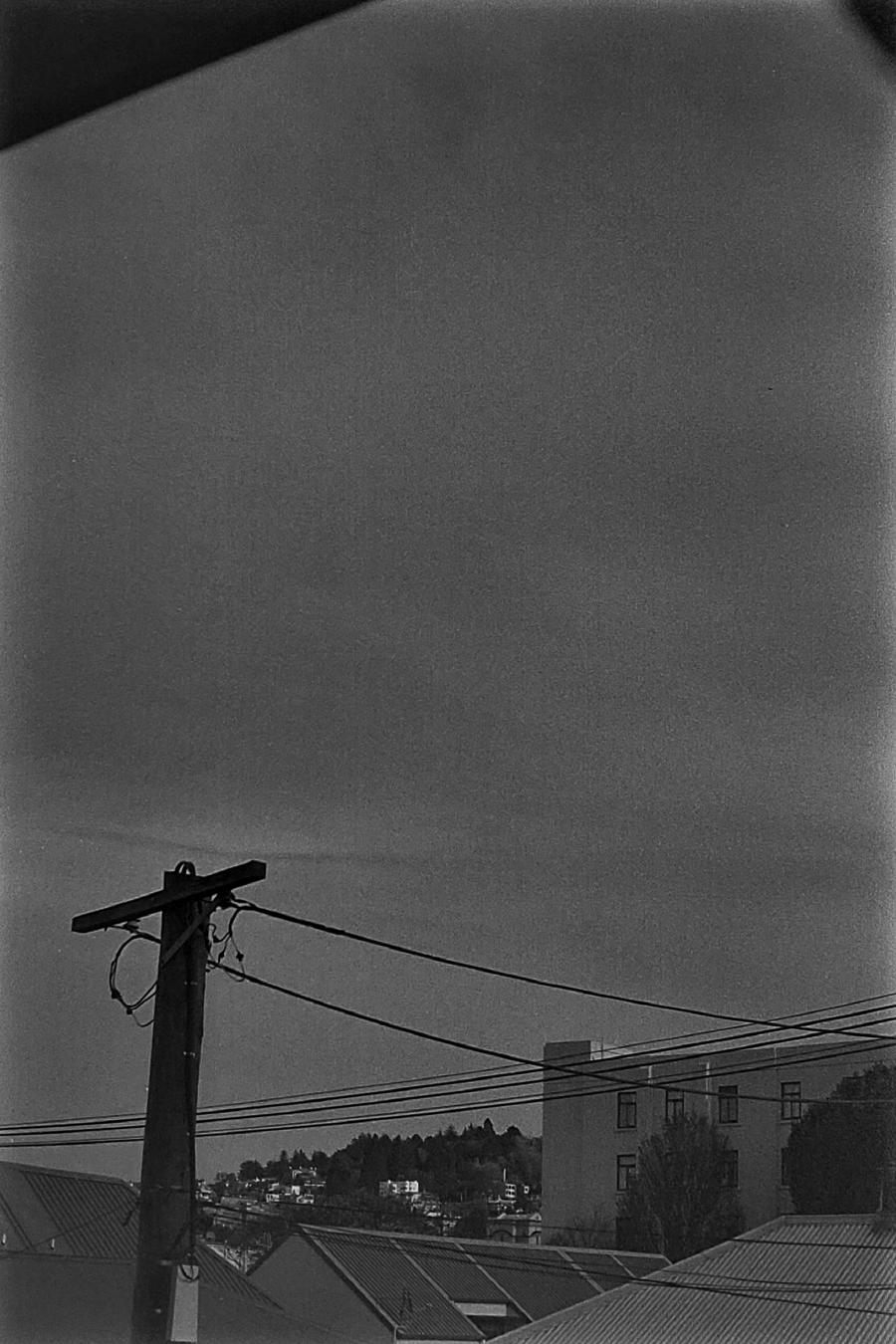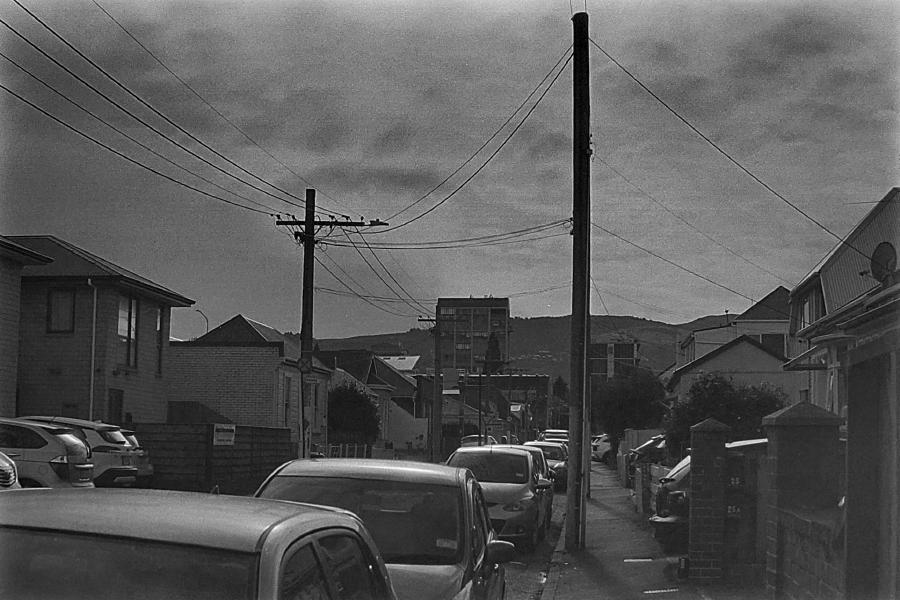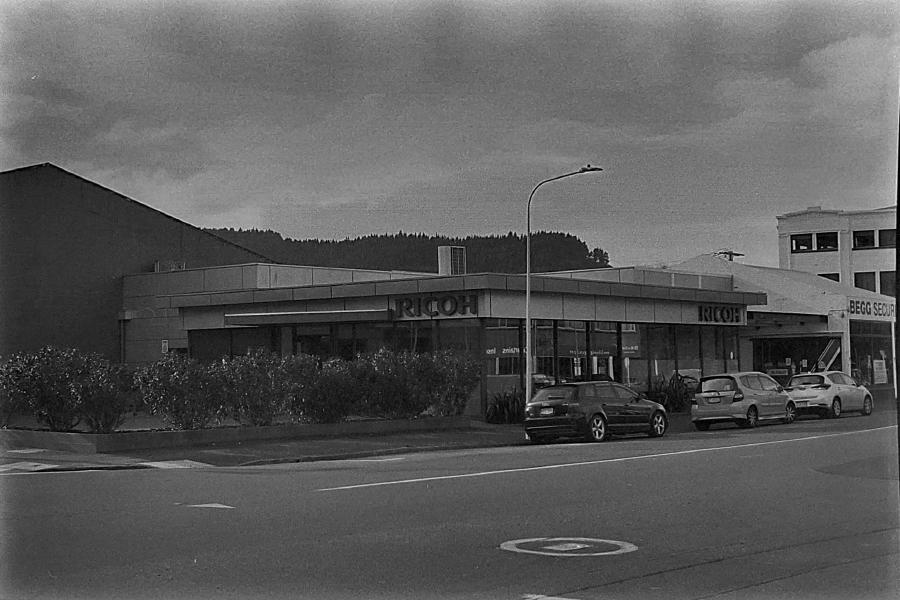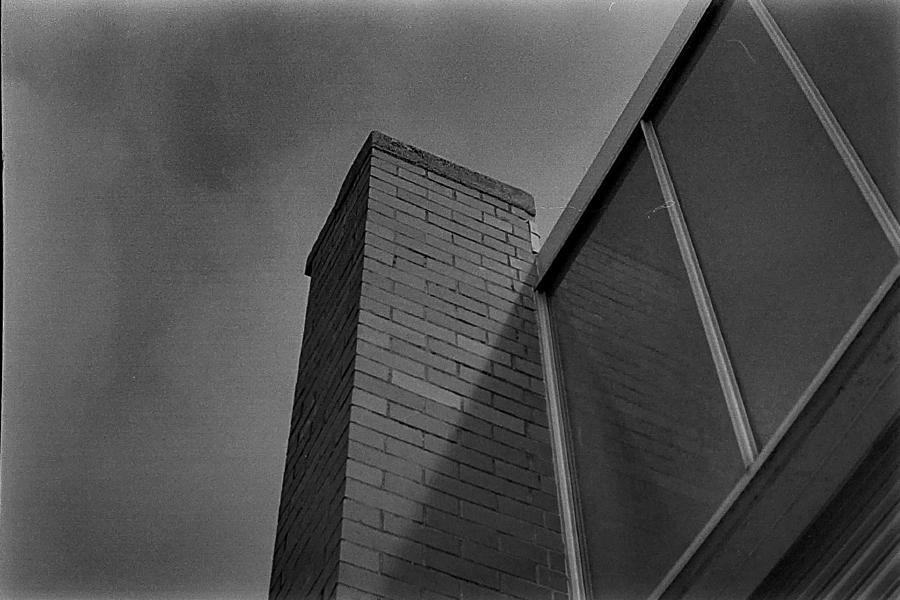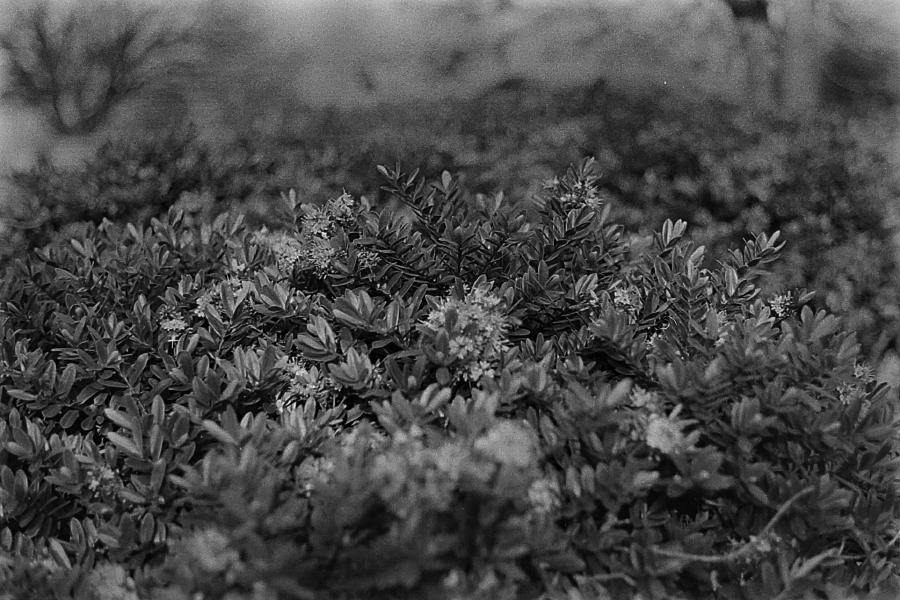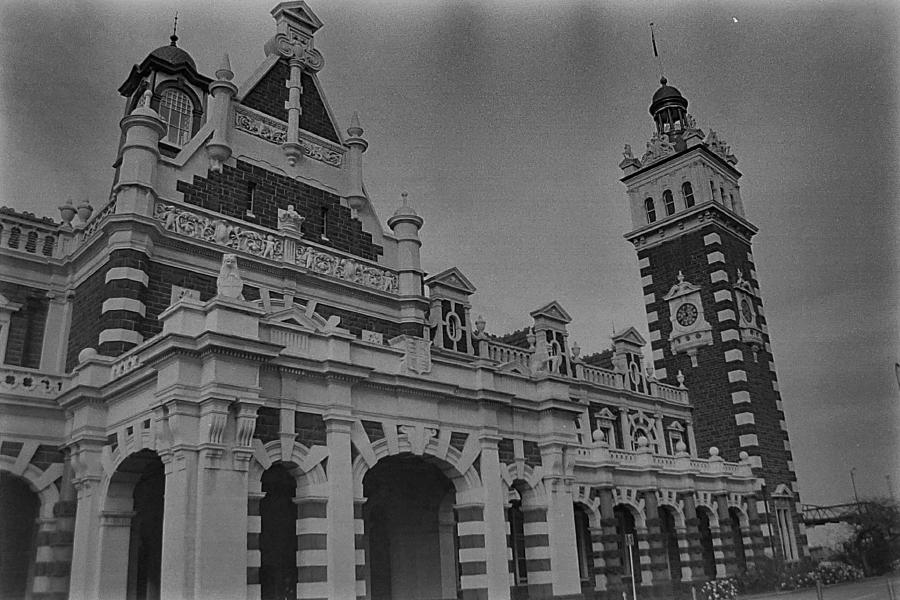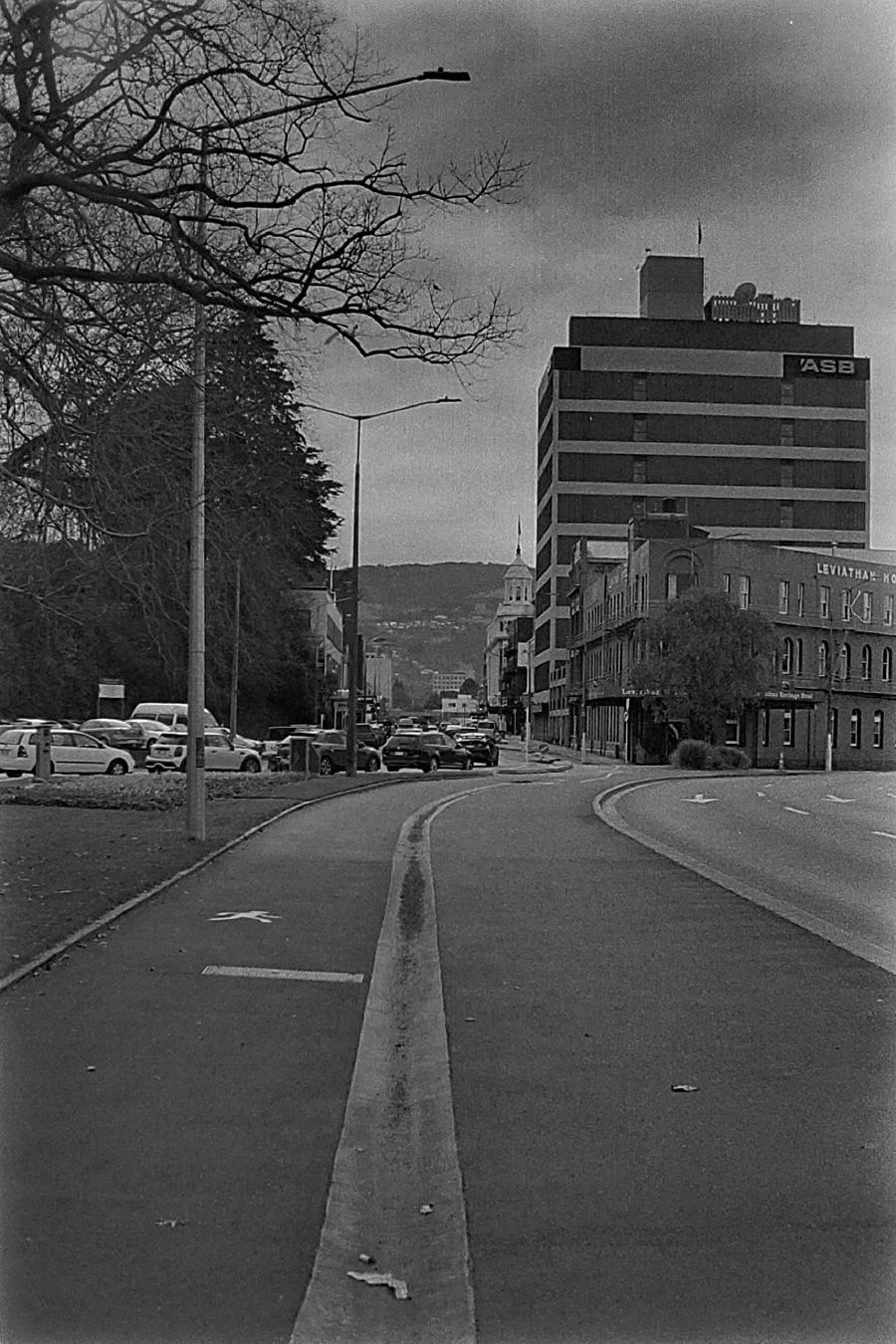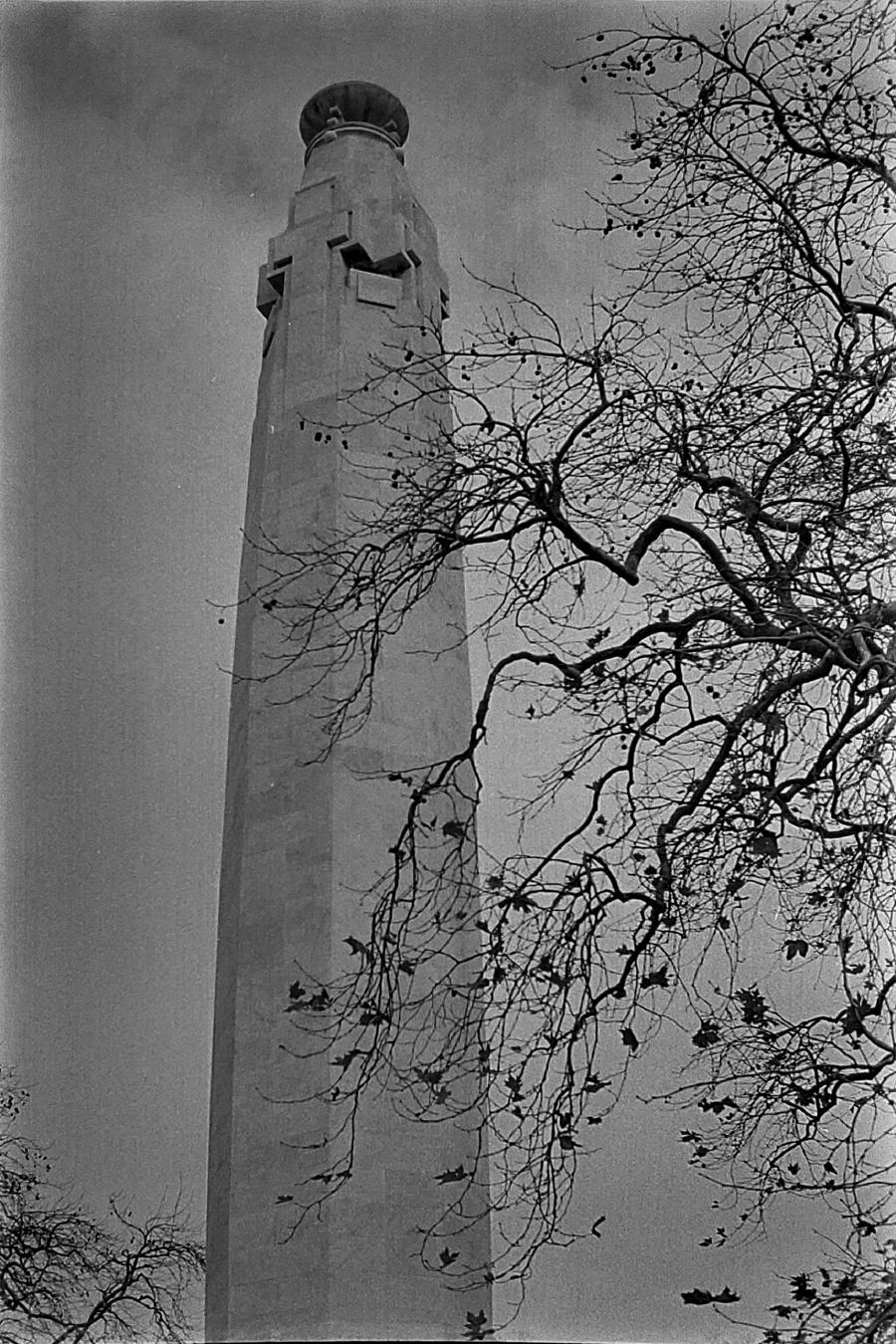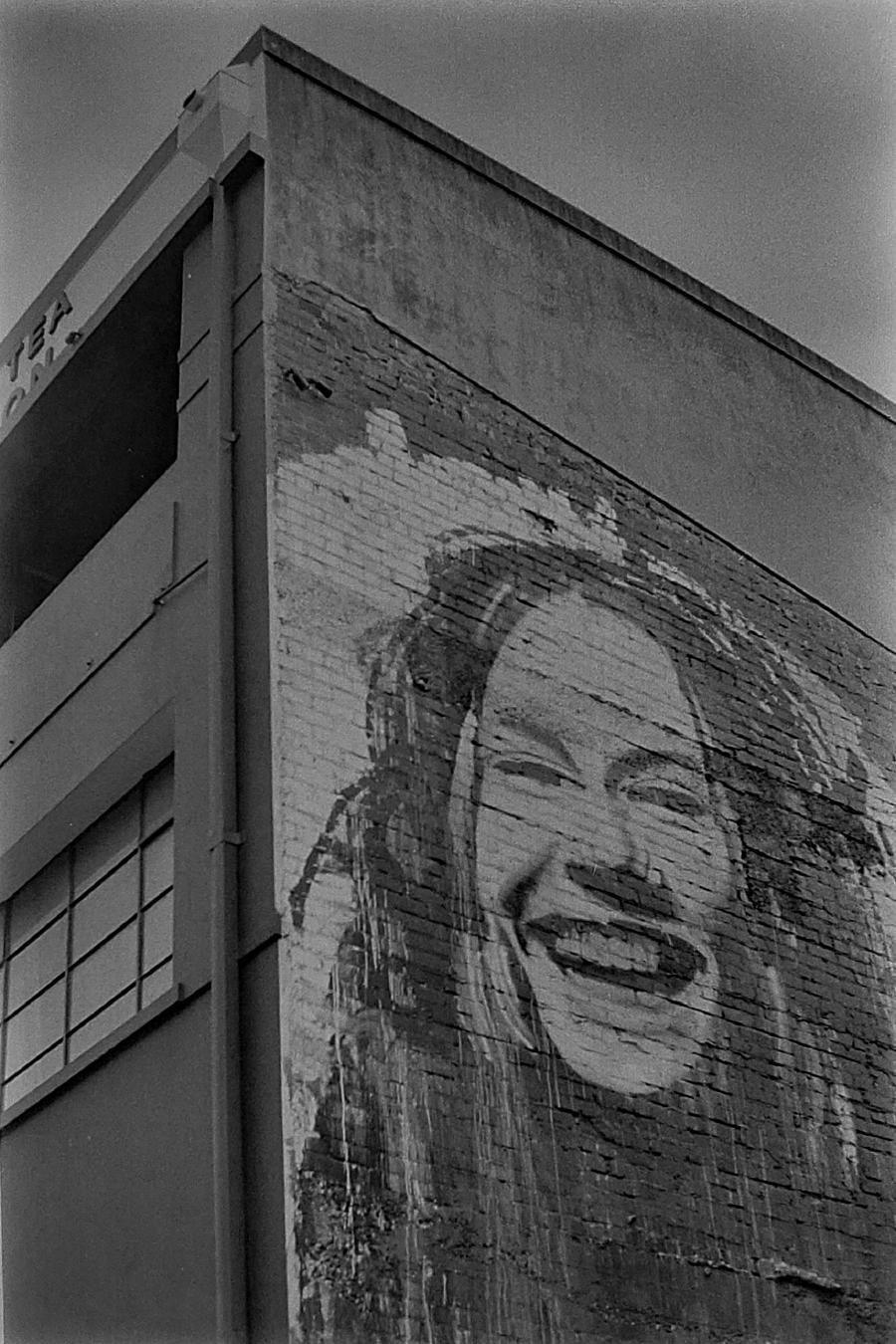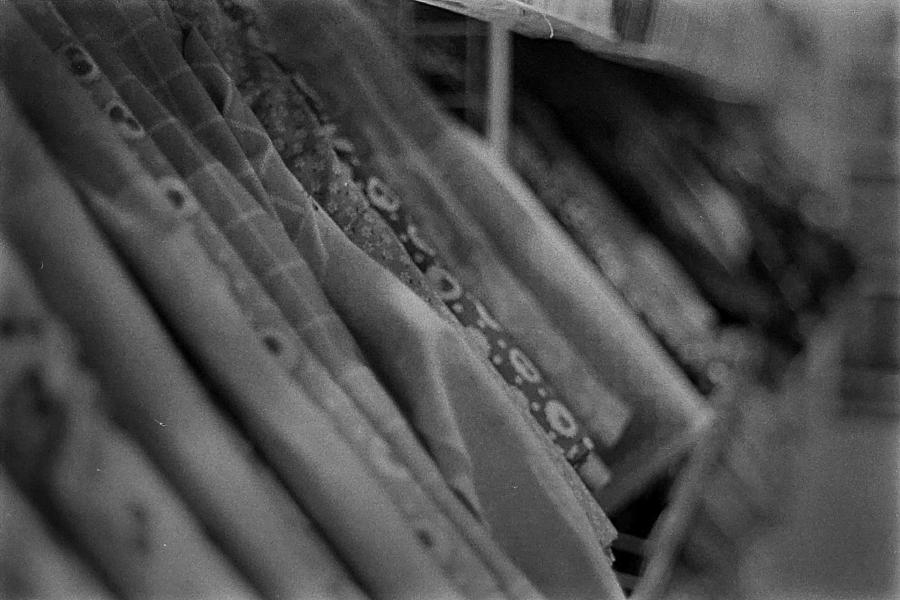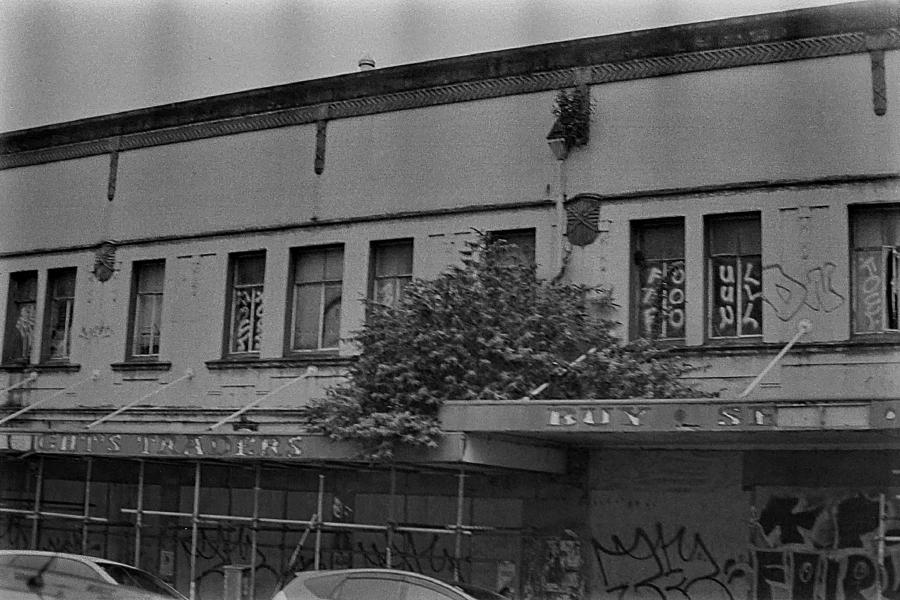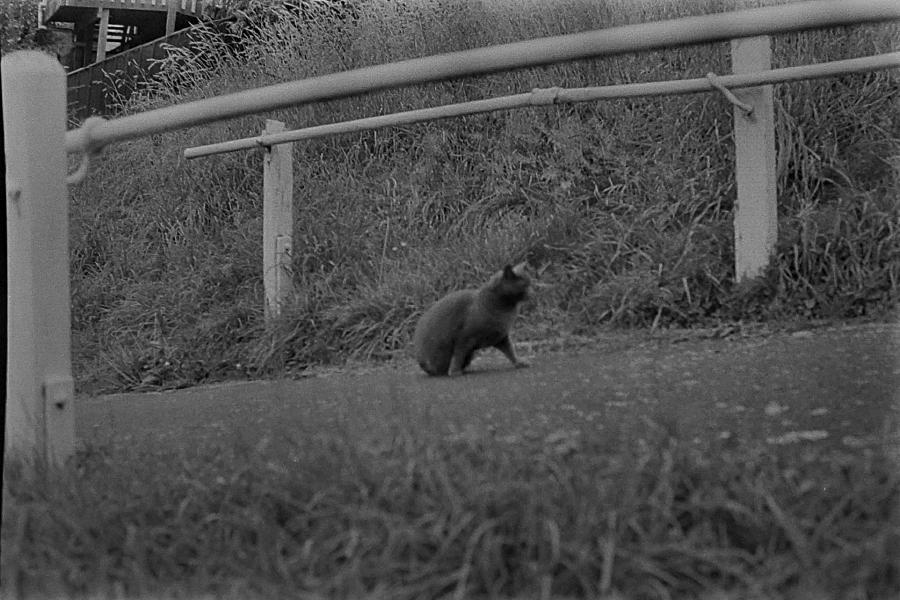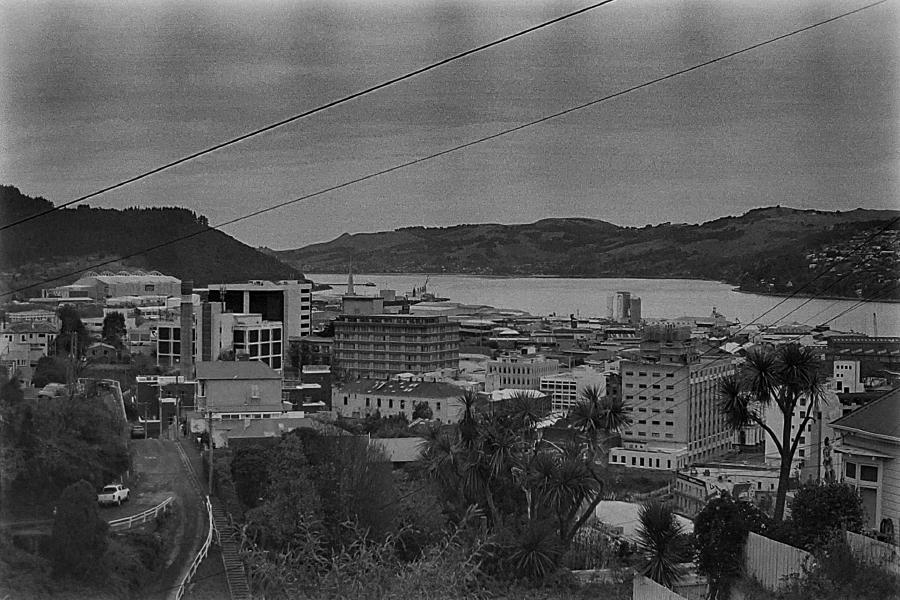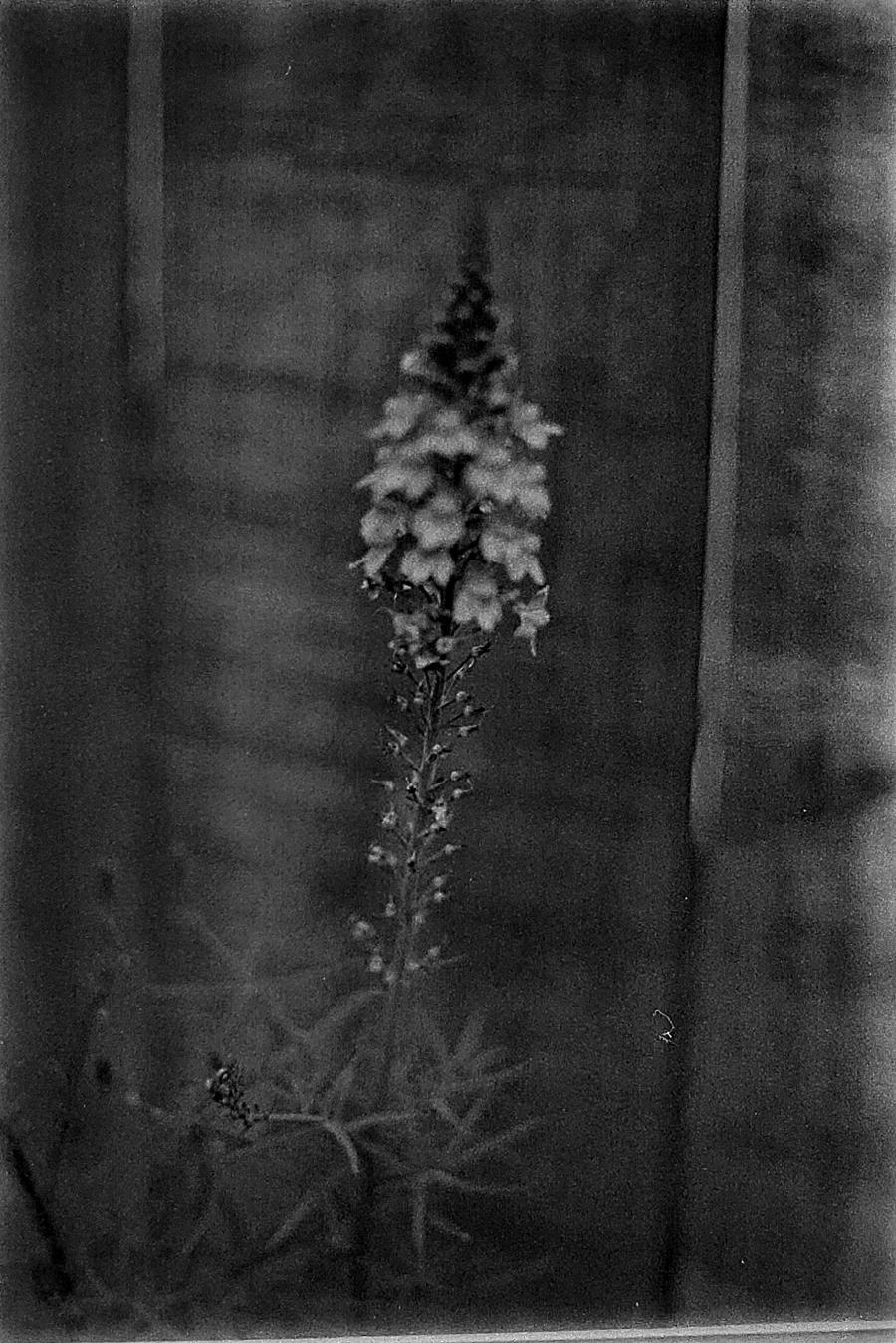This is a fairly special roll, as I found an extremely good deal on some expired film! This roll of Fujifilm Neopan SSS expired in 1974, and was probably manufactured in 1970 or so, making the emulsion the oldest piece of equipment I have used (so far). Frankly, I was concerned that nothing would turn out — why would it? I had 50 year old film, no trustworthy ISO, no development times, and no idea how it was stored!
The film was originally rated for ISO 200. The marketing on the box called this “extremely fast film”, humorous considering we now have several film stocks at ISO 3200. Film typically degrades as it ages (hence the expiration date) and a decent rule of thumb is to decrease the sensitivity by one stop for every decade the film has expired. 5 decades would take 5 stops (5 halvings), so ISO 200 to ISO 6. That’s… unworkable for me. Thankfully, black and white negative films tend to age better than color films (and much better than slide films) so I tried my hand at ISO 25. This might have effectively been pushing the film a little, but I assumed the grain would already be pretty intense, so that’s moot.
To deal with the lack of development times (since my developers were made after this film was discontinued), I tried a new method for me: stand development. My developer of choice at the moment is Ilford’s Ilfotec LC29. A typical development process would have us dilute the developer carefully to a ratio of, say, 1:9, 1:19 or 1:29 and developing for a number of minutes (between 5 and 20, depending on the film ISO) with agitations every minute. Stand development instead has us very carefully dilute the developer to something like 1:120 and develop for an hour with one agitation halfway through. The results are usually flatter negatives, but with the upshot that we don’t need to worry about the film ISO. Since we don’t know the effective ISO or any real development times for this roll, stand development seems like a reasonable gamble. One risk of stand development is an effect known as bromide drag, in which streaks appear on the negative from developer interacting with the sprocket holes of 35mm film. Agitation usually prevents this, but over agitating in stand development can lead to over development of the highlights.
Camera: Ricoh KR-10 Super
Lenses:
Film: Fujifilm Neopan SSS
Post Processing: GIMP
Overall very impressed with what came out of this roll. For something that expired two and a half generations ago, and considering all the unknowns in both shooting and developing, I’m really surprised we got results at all!
